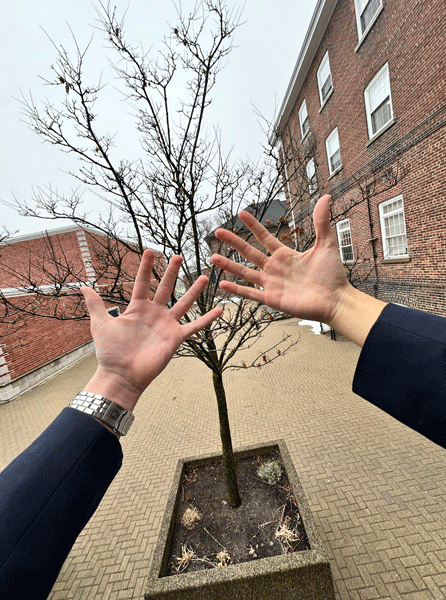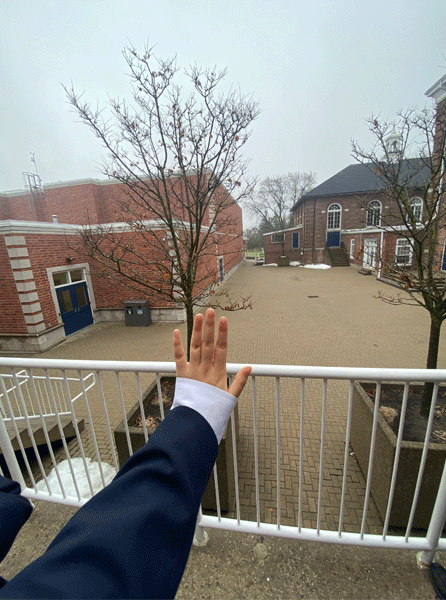Avril Yang
The Essence of Peace: A Universal Quest
Peace, a word so simple yet profoundly powerful, remains a universal aspiration and a cornerstone of human civilization. It is not merely the absence of conflict or war but a state of harmony where individuals, communities, and nations coexist in mutual understanding and respect. Achieving peace requires collective effort, empathy, and an unwavering commitment to justice and equality.
At its core, peace begins within the individual. Inner peace—freeing oneself from the chaos of fear, anger, and hatred—lays the foundation for harmony with others. Personal tranquility can ripple outward, influencing families, neighborhoods, and even entire societies. Philosophers and spiritual leaders throughout history, from Mahatma Gandhi to the Dalai Lama, have emphasized that peace within oneself is crucial for fostering peace externally.
On a societal level, peace involves creating environments where diversity is celebrated and conflicts are resolved through dialogue and understanding. Differences in culture, religion, and ideology often fuel discord, but these differences can also enrich human experience when approached with open minds and hearts. Education plays a pivotal role in this process by fostering tolerance and critical thinking. By teaching younger generations to value empathy and collaboration, societies can build resilience against the forces of division.
Globally, peace demands justice and equality. It cannot exist in a world where exploitation, oppression, and inequality persist. The United Nations and other international organizations work tirelessly to mediate conflicts and promote human rights, recognizing that sustainable peace must address the root causes of strife, such as poverty, discrimination, and environmental degradation. Economic disparities, in particular, often breed resentment and unrest, highlighting the need for fair distribution of resources and opportunities.
While the pursuit of peace is noble, it is not without challenges. History is replete with examples of conflicts arising from greed, fear, and misunderstanding. Technological advancements, while fostering communication and cooperation, have also enabled destructive capabilities that threaten global stability. In such a world, peace must be actively maintained through diplomacy, cultural exchange, and multilateral cooperation.
Ultimately, peace is not an unattainable ideal but a shared responsibility. It requires the courage to forgive, the wisdom to compromise, and the vision to see beyond immediate gains. As citizens of a global community, individuals must champion compassion and understanding in their daily interactions. Nations, too, must prioritize dialogue over aggression, recognizing that true strength lies in unity rather than division.
In striving for peace, humanity affirms its highest values. Peace is not just the absence of violence but the presence of justice, love, and cooperation. By cultivating these qualities, we inch closer to a world where harmony prevails—a world where every individual can live with dignity and hope.
Learn More >
















